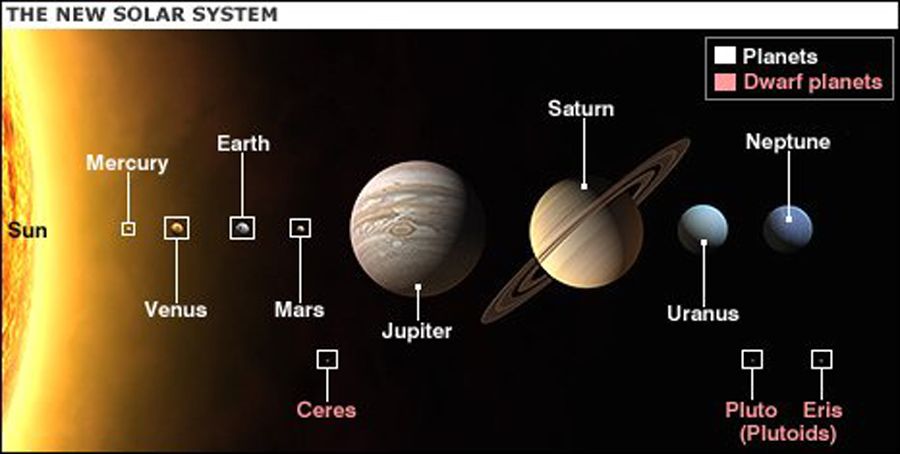Information About Planets In Our Solar System

Of the objects that orbit the sun directly the largest are the eight planets with the remainder being smaller objects the dwarf planets and small solar system bodies of the objects that orbit the sun indirectly the moons two are larger than the smallest planet.
Information about planets in our solar system. The solar system consists of our sun which is a star and all that its gravity affects. There are 8 planets in our solar system they are mercury venus earth mars jupiter saturn uranus and neptune. There are also dwarf planets such as pluto dozens of moons and millions of asteroids comets and meteoroids of all shapes and sizes. Earth the only planet in our solar system with liquid water on the surface.
The nine planets has been online since 1994 and was one of the first multimedia websites that appeared on the world wide web. The planets in our solar system are mercury venus earth mars jupiter saturn uranus and neptune. The fifth planet from the sun jupiter is a giant gas world that is the most massive planet in our solar system more than twice as massive as all the other planets combined according to nasa. Click on any planet below to find out more about it.
In terms of the numbers of each of these objects our current knowledge is as follows. 1 star the sun 8 planets mercury. Planets that orbit other stars are referred to as exoplanets. Mars mars was a wet and warm planet billions of years ago.
The solar system is the gravitationally bound system of the sun and the objects that orbit it either directly or indirectly. Solar system profile the objects in our solar system there are many different types of objects found in the solar system. Planets in our solar system can be divided into two main groups terrestrial planets and gas giants. Take an interactive tour of the solar system or browse the site to find fascinating information facts and data about our planets the solar system and beyond.














































